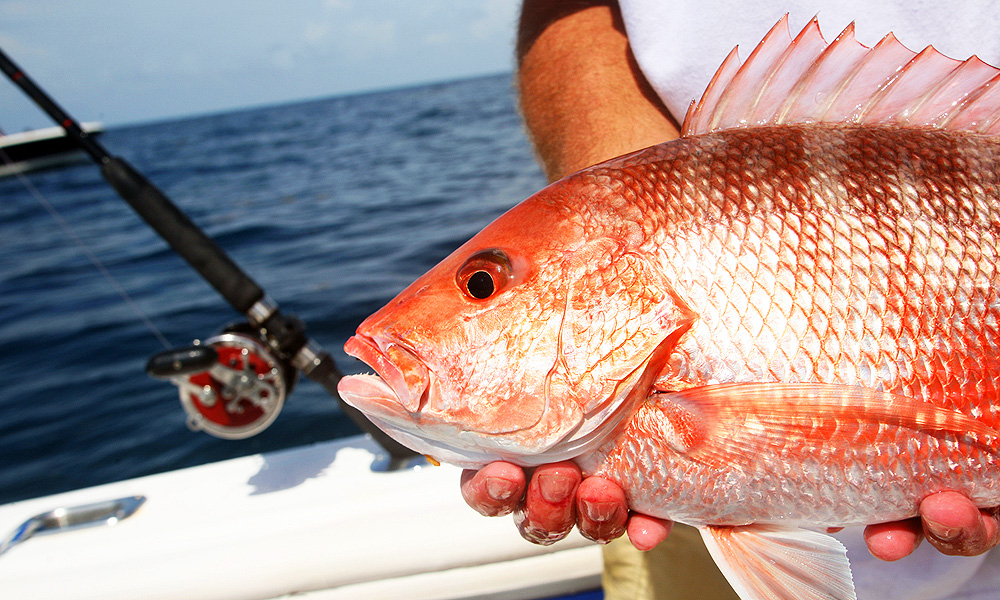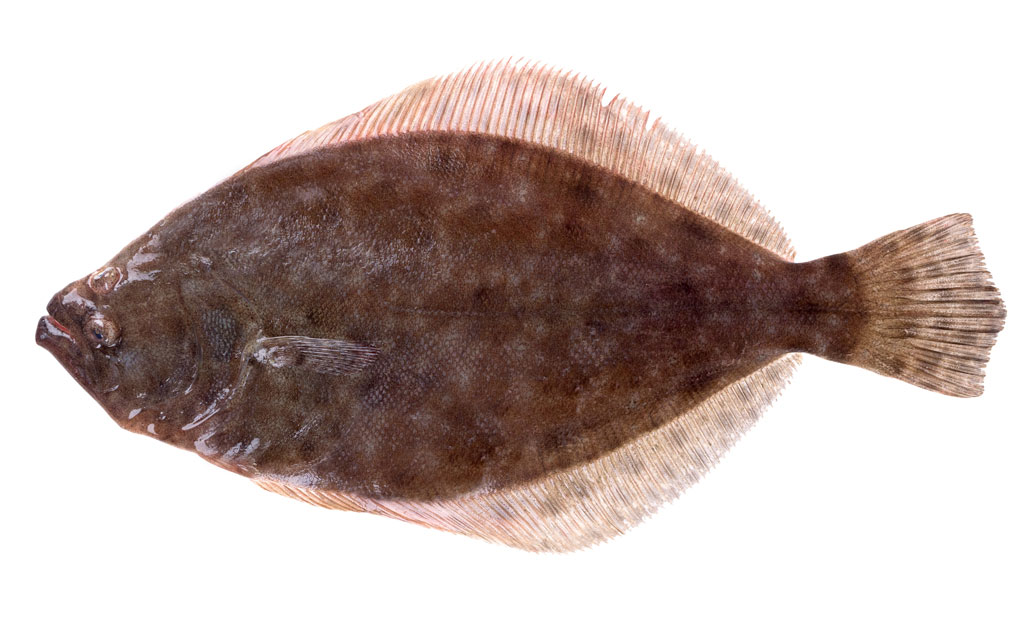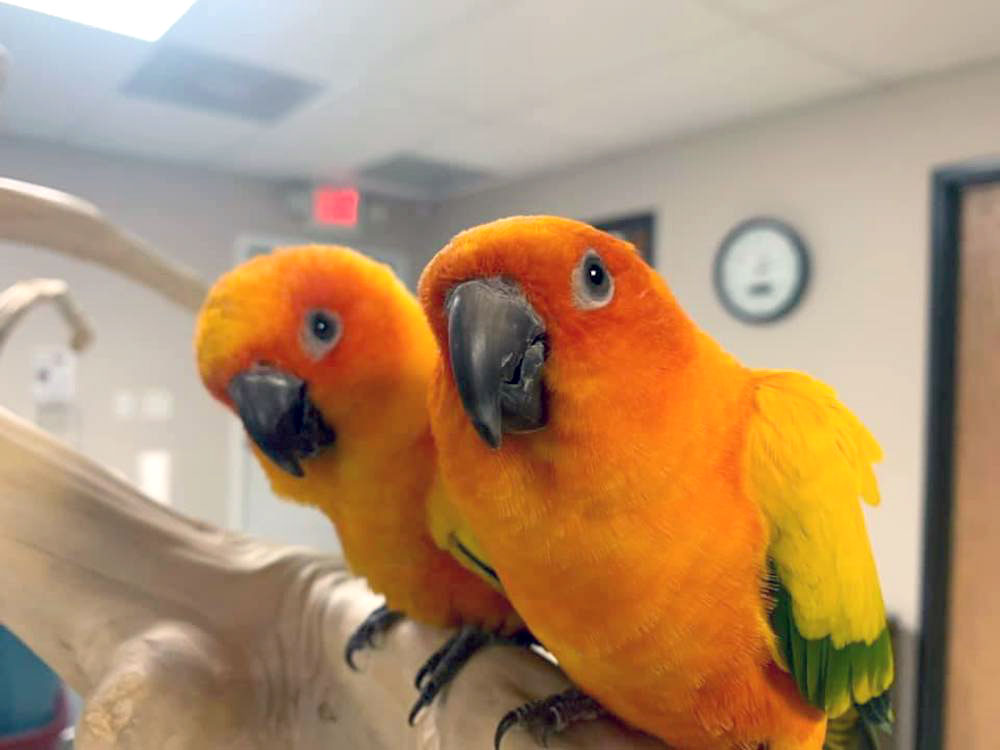
Texas A&M University-Corpus Christi to lead largest fish survey ever. Red snapper in the Gulf of Mexico will be counted over the next two years in $10 million study.
Joy to the fishes in the deep blue sea — at least in the Gulf of Mexico, where researchers will spend the next two years counting red snapper. At the cost of $10 million, the fish count has been called the largest fish survey ever to be performed and will put Texas A&M University-Corpus Christi in a leadership position.
The Mississippi-Alabama Sea Grant Consortium convened the panel of researchers, which was then awarded $9.5 million in federal funds. Another $2.5 million will be granted by the universities involved.
A prized commercial commodity as well as a favored fish of anglers and seafood lovers, the red snapper fishery in the Gulf of Mexico was almost wiped out in the 1980s due to overfishing. Since then, the federal government has tried a variety of regulations to replenish the stock while still allowing individual and commercial harvests.
One battle has been between state and federal water regulations. Texas allows red snapper fishing year-round in state waters, which extend from the shoreline into the Gulf for 9 nautical miles. Annual fish counts determine the length of fishing seasons in deeper federal waters, where the largest and most coveted fish can be found.
Perhaps the biggest battle, however, is between the east and west Gulf regions. Red snapper regulations affect fives states: Texas, Louisiana, Mississippi, Alabama and Florida. According to current research figures, red snapper populations in the east Gulf are still struggling, while the western Gulf waters, particularly off the Texas and Louisiana coastlines, are making a comeback.
Federal regulations, which are determined by the Gulf of Mexico Fishery Management Council under the National Oceanic and Atmospheric Administration, try to maintain a balance with Gulf-wide regulations, which end up making no one happy.
In 2016, the three-day red snapper season for recreational anglers was one of the shortest on record. This year, it was extended at the last minute, allowing three-day weekend fishing from mid-June through Labor Day, including Monday, July 3; Tuesday, July 4; and Monday, Sept. 4.
However, the 39-day season came with a price. All five Gulf states were required to adhere to federal red snapper regulations in state waters for the rest of the summer. For Texas, that meant no red snapper fishing in state waters Mondays-Thursdays from mid-June through Sept. 5.
NOAA made it clear, when opening up the season, that a low fish count following the longer season could mean no season at all in 2018. That decision won’t be made until next May for the season that traditionally begins on the first weekend of June.
Unpopular though these regulations have been, they are working. The red snapper fishery in the western Gulf is at its highest level in recent history, according to the Texas Parks and Wildlife Department. Those figures also show the western red snapper population is twice that of the eastern fishery.
The newly funded study could put an end to the squabbling and uncertainty that dominate the lucrative red snapper fishing industry. According to the most recent figures, which are from 2015, commercial red snapper fishing in the Gulf reached $53.7 million. It created 734 jobs and generated $19.4 million in labor income in the five Gulf states.
Project leader for the study is Greg Stunz, a professor at the Harte Research Institute for the Gulf of Mexico Studies at TAMU-CC. He will be leading a team of 20 researchers from 12 institutions. Also joining the team are two scientists from NOAA.
The team includes a citizen science component made up of representatives of the charter industry, recreational anglers and commercial harvesters.
The actual counting will be done underwater, fish by fish, using remote-controlled cameras. Fish will be tagged as well, and researchers will focus on places that previous fishery managers might have overlooked. Habitats from salt domes to artificial reefs to flat ocean bottoms will be scoured to determine — as close as possible — the true size of the red snapper fishery throughout the Gulf.





